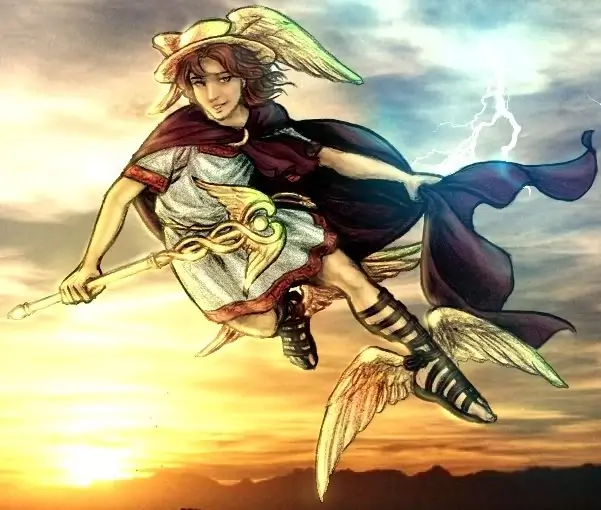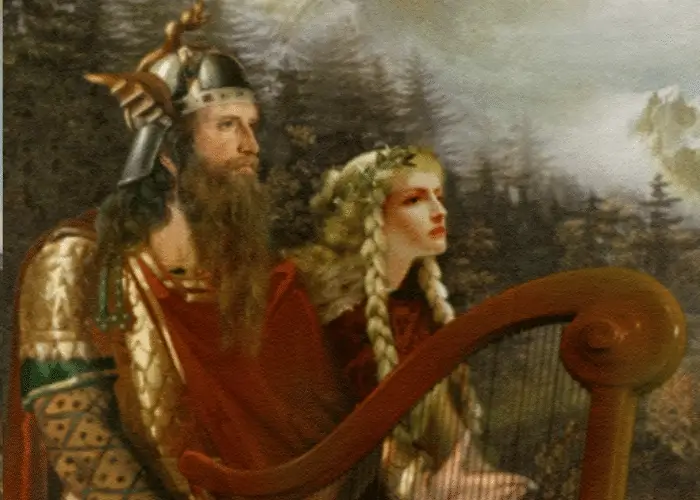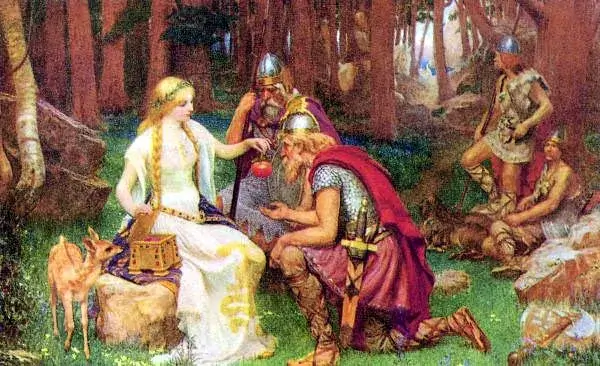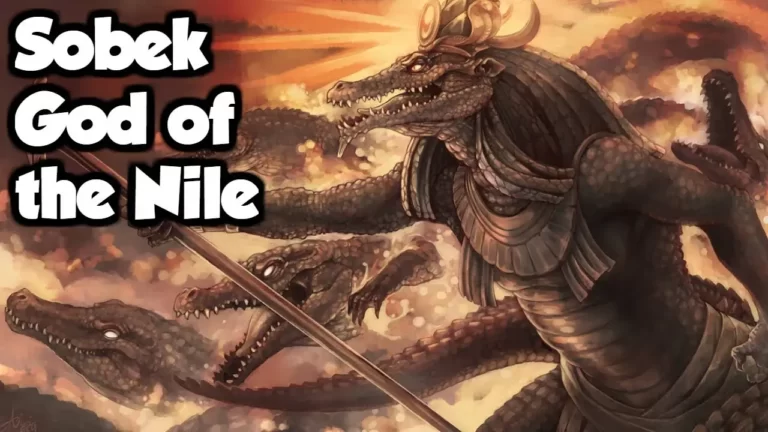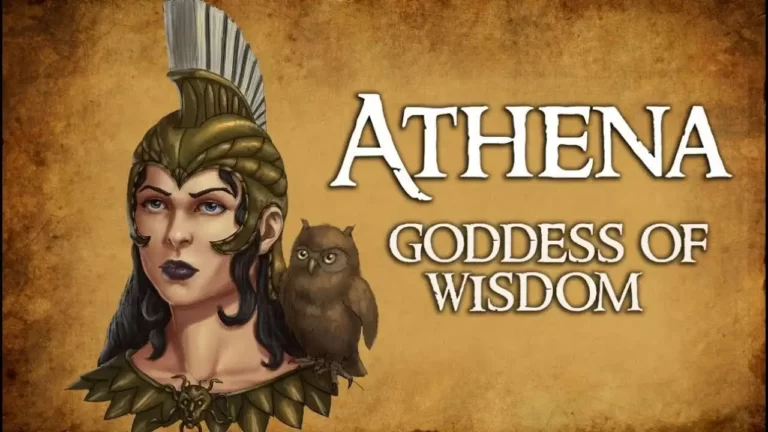A Comprehensive List of Japanese Gods and Goddesses
In Japanese mythology, the Japanese gods (神, kami) are natural and supernatural spirits or beings that are revered by the people of Japan. They can take many forms, such as animals, humans, objects, and forces of nature. The word kami can also refer to an aspect of the native religion of Japan called Shinto. Shinto is based on animism, the belief that everything in the universe has a spirit.
Izanagi and Izanami
Izanagi and Izanami are the two most important deities in Japanese mythology. They are husband and wife as well as brother and sister, and they are responsible for creating the islands of Japan and the Japanese people.
Izanagi is a powerful god who wields a jeweled spear. He is the son of the creator god, Izanagi-no-Mikoto. Izanami is a beautiful goddess who is skilled in weaving and pottery. She is the daughter of the earth goddess, Tsukuyomi-no-Mikoto.
Izanagi and Izanami were sent by the other gods to create Japan. They did so by standing on the Floating Bridge of Heaven and dipping their spears into the primordial waters below. When they pulled their spears out, drops of water fell from them and formed the islands of Japan.
Amaterasu: She is the goddess of the sun and the universe.
Amaterasu is the goddess of the sun and the universe. She is one of the most important deities in Japanese mythology and is considered the ancestor of the Imperial Family. Amaterasu is said to have been born from the left eye of Izanagi, the creator god. Her sister, Susanoo, is said to have been born from his right eye. Susanoo is the god of storms and chaos. Amaterasu and Susanoo are often portrayed as opposing forces.
Amaterasu is associated with light, purity, and fertility. She is usually depicted as a beautiful woman with long black hair. Her symbol is the sun. In some stories, she hides away in a cave when her brother Susanoo creates havoc in the world. This causes darkness to fall on the Earth. The other gods eventually persuade her to come out of hiding and bring light back to the world.
Tsukuyomi: the god of the moon
Tsukuyomi is one of the most important gods in Japanese mythology. He is the god of the moon and the brother of Amaterasu, the sun goddess. He is also the husband of Amanome, the goddess of food.
Tsukuyomi was born from a drop of Amaterasu’s blood. When he was born, he had a red face and an evil heart. He plotted to kill his sister, but she fled to the sky and became the sun goddess. Tsukuyomi followed her and became the god of the moon.
Tsukuyomi is usually depicted as a young man with a black or red face. He sometimes has wings, and he always carries a sword.
Raijin & Fujin
Raijin and Fujin are two of the most popular gods in Japanese mythology. Raijin is the god of thunder and lightning, while Fujin is the god of wind. Both gods are said to be able to control the elements and use them to their advantage.
Raijin is often depicted as a scary god, with a large drum that he uses to create thunder. He is also said to have six arms, each holding a different weapon. Raijin is usually seen as a negative god, but he can also be helpful if he wants to be. For example, he once helped a farmer by creating a thunderstorm that brought rain to his crops.
Fujin is often depicted as a friendly god, with a large bag of wind that he uses to create gusts of wind. He is also said to have four arms, each holding a different object.
Anyo & Ungyo
Anyo and Ungyo are two of the most important gods in Japanese mythology. They are the creators of the universe and the progenitors of all life. Anyo is the god of heaven, while Ungyo is the god of the earth. Together, they are responsible for maintaining balance and harmony in the world.
Anyo is often depicted as a powerful warrior, while Ungyo is usually shown as a wise and benevolent ruler. They are both revered by the Japanese people and play a central role in many aspects of their culture.
Anyo and Ungyo are two essential figures in Japanese mythology and religion. They embody the concepts of yin and yang, and their interactions represent the interdependent nature of all things in the universe.
Inari: rice, agriculture, fertility, foxes, and fire.
Inari is a popular and important deity in Japanese Shinto. Inari is typically depicted as a female, but can also be male or androgynous. This kami is associated with rice, agriculture, fertility, foxes, and fire.
There are many shrines dedicated to Inari throughout Japan. At these shrines, people often pray for bountiful harvests, good health, and business success. Foxes are considered to be Inari’s messengers, and many of these animals can often be seen at the shrines.
Inari’s popularity has led to the creation of many folktales about this kami. In one story, Inari saves a poor farmer from starvation by giving him some of her rice. This act of kindness is said to be why Inari is associated with rice and fertility.
Kannon: the goddess of mercy
In Japanese mythology, Kannon is the goddess of mercy. She is also known as Kwan Yin, Quan Yin, and Kanzeon. She is one of the most popular deities in Japan and is worshipped by both Buddhists and Shintoists.
Kannon is often depicted as a beautiful woman holding a willow branch or a lotus flower. She is sometimes shown with eleven heads, which represent her ability to see into the future and hear the cries of those who are suffering.
Kannon is said to be able to help anyone who calls upon her, regardless of their religion or beliefs. In addition to being the goddess of mercy, she is also the protector of women and children.
Benzaiten: the goddess of music, luck, and wealth
Benzaiten is one of the most popular and well-known Japanese gods. She is the goddess of music, luck, and wealth, and she is often depicted holding a lute or playing a biwa (a Japanese string instrument). Benzaiten is also one of the Seven Lucky Gods in Japanese mythology.
Benzaiten is said to have originated from the Hindu goddess Sarasvati. She was introduced to Japan via China in the early 8th century, and her popularity grew rapidly. Benzaiten became so popular that she was eventually worshipped by all social classes, from commoners to samurai to nobility.
Today, Benzaiten remains a popular goddess, and shrines dedicated to her can be found all over Japan. Many people still pray to her for good luck, especially when starting a new venture or undertaking something important.
Izanagi & Izanami
In Japanese mythology, Izanagi and Izanami are the two creator gods. They gave birth to the islands of Japan and the Japanese people.
Izanagi and Izanami were married and had many children together. One of their children was the sun goddess Amaterasu. Another was the moon god Tsukuyomi. The god SusanO-O was also born to them.
Izanami died giving birth to the fire god Kagutsuchi. This caused great pain to Izanagi who went to look for her in the underworld. He found her there, but she had already been transformed into a hideous creature.
Ebisu: the god of fishing and commerce
Ebisu is one of the most popular Japanese gods. He is the god of fishing and commerce and is often depicted holding a fishing rod or a sack of rice. Ebisu is also known for his jovial personality and for bringing good luck.
Though he originated as a god of fishing, Ebisu later came to be seen as the patron deity of businessmen and merchants. This is likely due to his close association with another popular Japanese god, Daikokuten, who is also associated with commerce.
Today, Ebisu is one of the most widely worshipped Japanese deities. His image can be found in shrines and temples all across Japan, where he continues to bring good luck and prosperity to his worshippers.
Tengu
Tengu is a type of yokai or Japanese monster. They are typically depicted as red-faced, long-nosed goblins who wear traditional Japanese clothing. Tengu is known for their mischievous nature, and they often play tricks on humans. In some stories, they are also said to be able to transform into humans or birds.
Tengu is thought to originate from the Chinese mythological creature, the tiangou. The first mention of tengu in Japan is in the Nara period work, the Konjaku Monogatarishuu. Tengu was originally seen as beneficent beings who protected mountains and forests from evil spirits. However, over time they came to be seen as troublesome pests who caused harm to humans.
SusanO-O: the kami of the sea and storms
In Japanese mythology, Susanoo-no-Mikoto is the kami of the sea and storms. He is also the brother of Amaterasu, the sun goddess, and of Tsukuyomi, the moon god.
Susanoo was born when Izanagi washed his face clean of the pollution from Yomi, the land of the dead. He was raised by his grandmother, Izanami. Susanoo is known for his temperamental nature, and he often caused trouble for both mortals and gods.
However, Susanoo also had a heroic side. He defeated Yamata no Orochi, an eight-headed serpent monster that was terrorizing Japan. Susanoo also saved a goddess named Amenouzume from being forced to marry an old man that she didn’t love. In gratitude, Amenouzume led Susanoo to where Amaterasu was hiding in a cave.
Jizo: the Bodhisattva of earth
In Japanese Buddhism, Jizo is the Bodhisattva of earth, who protects and helps wayfarers, children, and lost souls. He is also known as the guardian of unborn babies and stillbirths. His image often appears on roadsides and in graveyards. He typically carries a staff and wears a bib or cloth around his neck to catch the drops of blood from his self-inflicted wounds.
Jizo is a popular figure in Japanese folklore and is said to be able to ward off evil spirits, bring good luck, and grant wishes. He is also invoked for healing, protection against illness and misfortune, and safe childbirth. Many shrines and temples in Japan are dedicated to Jizo, and people often leave statues of him at these places as an offering for their prayers.
Fukurokuju is the god of happiness, wealth, and longevity.
Fukurokuju is one of the Seven Gods of Fortune in Japanese mythology. He is the god of happiness, wealth, and longevity. He is often depicted with a large head and a long beard. He is said to bring good luck and fortune to those who pray to him.
Hachiman is the god of war.
Hachiman is the god of war in Japanese mythology. He is also the patron deity of the Japanese people and of samurai warriors. Hachiman is associated with honesty, uprightness, and straightforwardness. He helps those who are honorable and virtuous to achieve their goals.
Shinigami: The god of death
Shinigami are the god of death in Japanese mythology. They are responsible for escorting the souls of the dead to the afterlife. Shinigami are often portrayed as skeletal figures clad in black robes.
There are many stories and legends about shinigami. One popular tale tells of a shinigami who fell in love with a human woman. The pair had a child together, but the shinigami was forced to take the child’s soul to the underworld when it died prematurely.
Another legend tells of a shinigami who was so moved by the beauty of a cherry blossom that he gave up his immortality to become human. He eventually died, but his spirit lived on in the form of a cherry tree.
Shinigami play an important role in Japanese culture and religion.
Conclusion
Although there are many gods in the Japanese pantheon, most of them can be divided into a few main groups. The first group is the kami, which includes everything from natural forces like mountains and rivers to more abstract concepts like happiness. There are also Buddhas and bodhisattvas, which are enlightened beings who can help humans achieve enlightenment themselves. Finally, there are demons and ghosts, which often cause problems for humans but can also be helpful if they’re appeased.
No matter which god or gods you choose to worship, remember that they’re all here to help you on your journey through life.

